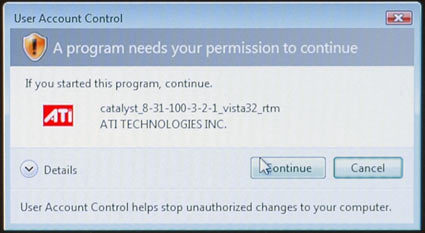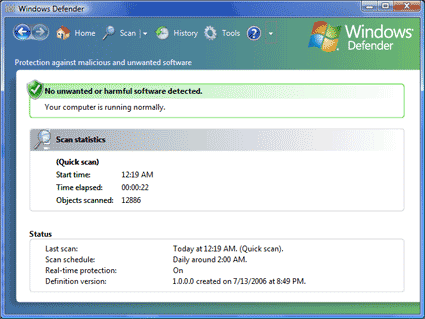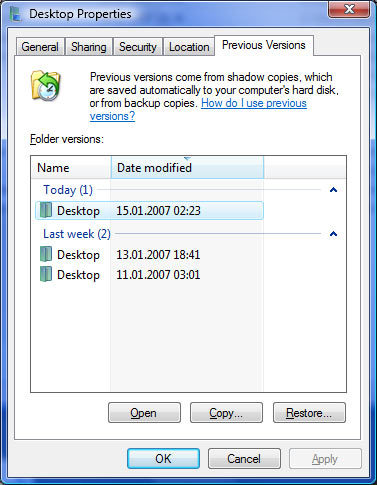Countdown to Windows Vista: The THG Rundown
Security And File Features
We first note that the security center can be closed, so you don't need tools such as XPAntiSpy to registry-hack your system in order to get rid of it.
User Account Control & Windows Defender
You are in charge: the User Account Control feature requires the user to confirm the installation of new software.
The User Account Control (UAC) warns the user before new software is installed. This is a simple but efficient way to prevent malware and unwanted software from installing automatically, because no other windows can get the focus as long as a UAC confirmation window is active. However, experienced users and administrators may want to turn UAC off, as you may go crazy if you have to permanently confirm that it's ok to install everything. Once you have finished installation of your applications you should turn it on again.
To turn of UAC you have to go into the Control Panel, then to user accounts and user accounts again. Now go to the last entry, "Turn User Account Control On or Off" and uncheck the appropriate box. UAC wants confirmation for turning itself off, of course.
Windows Defender is turned on by default. This should help secure your system against spyware and adware by comparing software with Microsoft blacklists. For ideal protection, however, you still need to install a 3rd party anti-virus application.
Rollback (Volume Snapshot), Previous Versions
Windows XP is capable of setting restore points. These are temporary system snapshots that allow the recreation of a former system state, particularly useful if a new application or driver did harm to your Windows installation. Windows Vista's rollback feature is more capable, as it allows you to recreate older states of individual files or folders. Simply right-click on the document that you would like to recreate, and check out the "Previous Versions" tab.
Get Tom's Hardware's best news and in-depth reviews, straight to your inbox.
Current page: Security And File Features
Prev Page Power And Energy Features Next Page Communication Features
Patrick Schmid was the editor-in-chief for Tom's Hardware from 2005 to 2006. He wrote numerous articles on a wide range of hardware topics, including storage, CPUs, and system builds.



